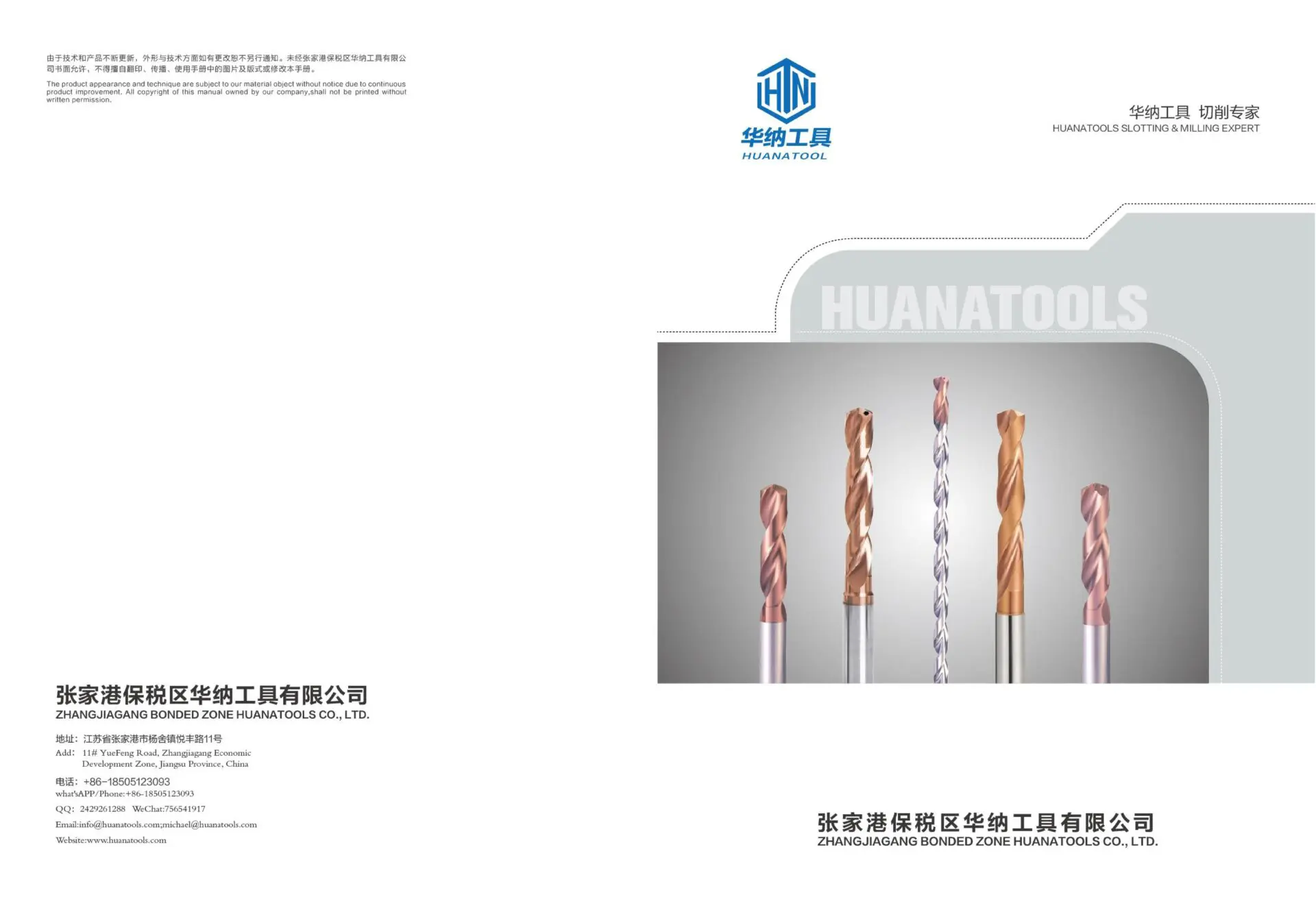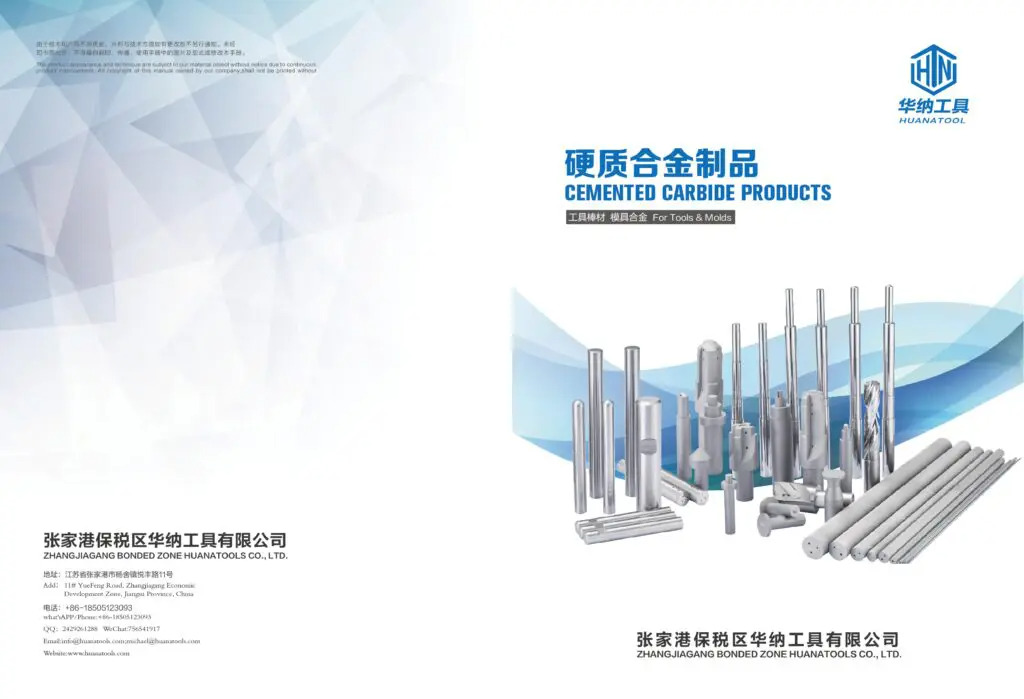Description
| Order Number | HRC | Flute | Material | Coating | Helix angle |
Work Material | |||||||
| Carbon steel Cast iron |
Alloy steel | Hardnened steel |
Copper Alloys |
Aluminum Alloys |
Stainless steel |
||||||||
| <35HRC | 35-48HRC | 46-55HRC | 55-60HRC | ||||||||||
| HN55-RA3 | 55 | 3 | Carbide WF25 | Uncoated | 35 | ○ | ● | ||||||
| HN55-RS4 | 55 | 4 | Carbide WF25 | TiSIN | 35 | ● | ● | ○ | |||||
| ● Most Suitable ○ Suitable | |||||||||||||
A metal cutting tool like this is used to cut metal sheets and remove excess material from edges and can also be used to create surfaces as this tool is used to cut metal sheets. The metal chips within these mills break into smaller segments when they pass through scalloped surfaces on the outside diameter of the machine. In the end mill, you will find that it has a radius and taper on every surface. It also has a rounded edge at the very end of the cutting edge. Traditionally, flutes form the cutting edge of a knife, which creates a narrow, cylindrical passage. End mills with fine teeth remove less material than those with more teeth. However, the pressure is more evenly distributed, resulting in longer tool life and a smoother surface finish on high-temperature alloys and stainless steels. Carbide end mills commonly come in different sizes and are made of steel. Three sizes are most widely available: 14 inches, 12 inches, and 34 inches. This is because roughing end mills produce a lot of chips, and recutting chips is one of the fastest ways to wear out an end mill prematurely. When using a coolant to clear the cutting zone, it is always recommended to use a powerful coolant or compressed air stream. Both coarse and fine pitch tools made of this 20-degree helix tool are made from sub-micro-grain carbide and designed to produce high-speed milling operations whether dry or wet in either tool steel or hardened steel applications. Especially carbide end mills with unique flute designs will be able to perform optimal roughing at high feed rates and heavy cutting loads.







